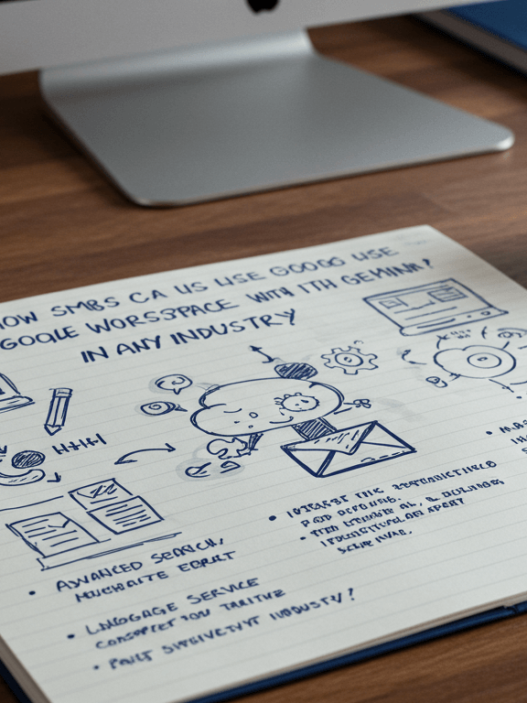TLDR: Migrating to Google Workspace requires careful planning, data auditing, and change management for success. A phased approach involving core IT, early adopters, and a global rollout is recommended, alongside leveraging Google’s tools and support. By prioritizing essential data and focusing on user training, organizations like Turner Industries and Trellix have seen improved productivity, security, and collaboration.
In today’s digital landscape, organizations need innovative solutions to boost security, productivity, and collaboration. Google Workspace, with its AI and secure cloud environment, provides a compelling alternative to legacy tools, streamlining workflows and fostering teamwork. As more organizations transition, understanding the migration process is essential. This guide outlines steps and strategies for a smooth shift to Google Workspace.
Planning and Preparation
A successful Google Workspace migration starts with careful planning.
- Define technical and business objectives to align with organizational goals.
- Audit and understand the source data, assessing data type, size, and complexity to anticipate challenges.
- Include training and change management plans from the start to ensure adoption.
Migration Approaches and Strategies
Organizations can choose phased or full migration strategies. Google suggests a three-phase approach:
- Core IT: Deploy to the core IT team for testing and familiarization.
- Early Adopters: Deploy to a small group of users to validate the migration and gather feedback.
- Global Go-Live: Deploy to all users with extensive training and support.

Organizations can adopt Google Workspace alongside legacy tools or fully migrate to maximize benefits. Prioritize data migration, focusing on essential data for a successful go-live experience.
Tools and Resources
Google offers tools and resources to support migration.
- Google Workspace Migrate manages large-scale migrations.
- Technical deployment guides provide detailed guidance.
- Google Workspace account representatives and partners offer consulting and technical support.
Change Management and User Adoption
Effective change management is crucial.

- Build excitement among employees and offer ongoing support to drive adoption and minimize disruption.
- Create Google Guides or champions programs, host office hours, and provide learning resources to empower employees.
- Encourage continuous learning as Google Workspace evolves.
Organizations should prioritize change management for a smooth transition, and a dedicated article Driving Google Workspace Success: A Practical Guide to Change Management provides in-depth guidance on effective change management methodologies.
Real-World Examples
Companies have improved collaboration, productivity, and security with Google Workspace.
- Turner Industries transitioned 4,800 employees, reclaiming 17,000 hours of productivity annually and reducing licensing costs by $8 million over five years.
- Trellix adopted zero-trust capabilities, enabling smoother user experiences and enhanced data safety.
- Airbus adopted a zero-trust model across the organization.
Migrating to Google Workspace enhances security, improves productivity, and streamlines collaboration. By planning the migration, using available resources, and prioritizing change management, organizations can ensure a successful transition. Embrace this opportunity for IT and cultural modernization to unlock your workforce’s full potential.
Sources: google Workspace Blog.



















